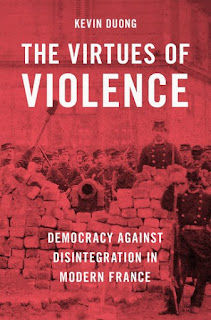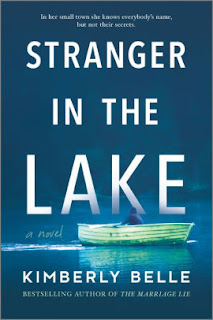 Kate McLaughlin's new novel is What Unbreakable Looks Like.
Kate McLaughlin's new novel is What Unbreakable Looks Like.At CrimeReads she tagged seven "favorite Bent-But-Not-Broken characters who take the traumas of their past and triumph over them, or use them as sources of strength." One title on the list:
Sadie by Courtney SummersRead about another entry on the list.
Sadie girl, if you were real I’d want to be your friend. I just realized that several of these characters have something in common —love for family, and sisters in particular—whether by birth or by choice. Sadie doted on her younger sister, Maddie. She wasmore of a mother than sister, since their own mother was off doing her own thing. Sadie suffered a lot, but Maddie was a shining star in her life. Then, Maddie was killed, and Sadie almost broke. But, like the other women on this list, Sadie took her grief and turned it into something else. She took the pain and abuse of her past and channeled it into a quest for truth and justice. Teen-age Sadie buys a car, stocks up on salt and vinegar chips and sets out on a road trip to avenge her sister’s death. Along the way she meets up with some unsavory characters who would like to deepen the cracks in her veneer, but Sadie refuses to break.
Sadie is among Kate Kessler's six top revenge thrillers featuring female protagonists.
--Marshal Zeringue











































